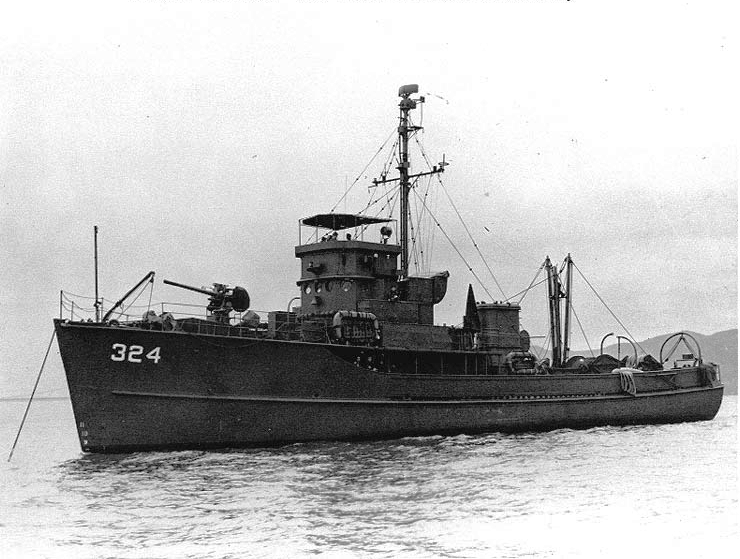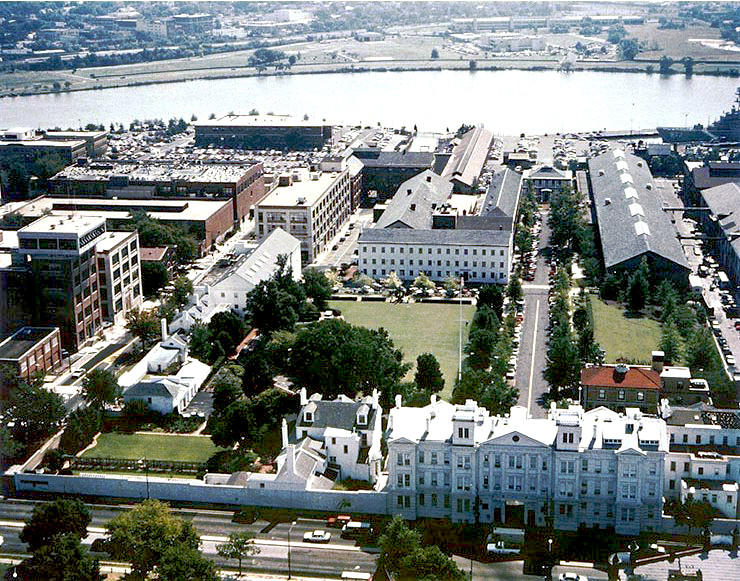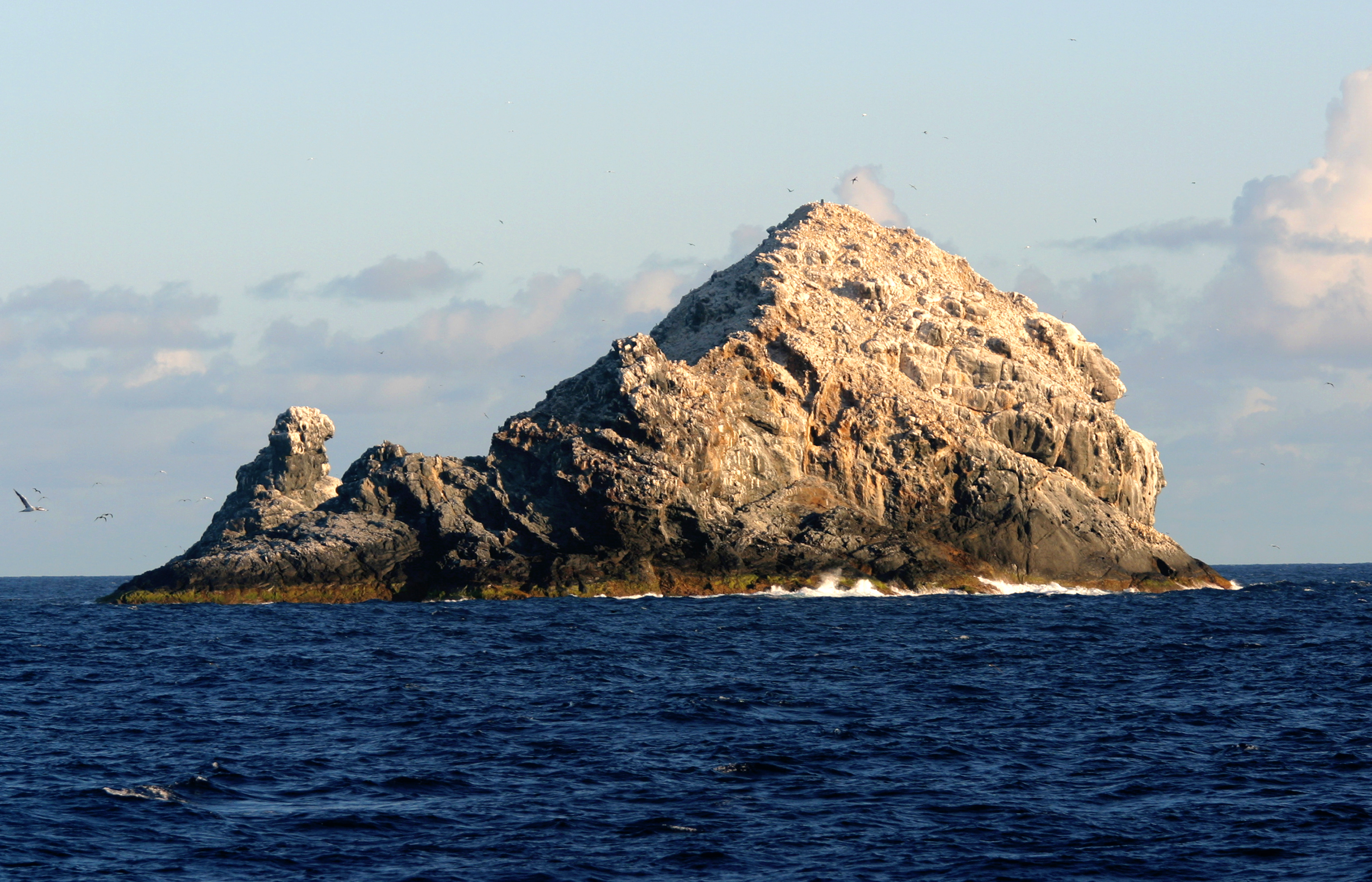|
YP-284
USS ''YP-284'' was a converted fishing vessel which served in the U.S. Navy during World War II. She was sunk in action with Japanese destroyers on 25 October 1942. World War II The wooden hulled diesel-engine purse seiner fishing vessel ''Endeavor'' – completed in May 1940 at San Diego, Calif., was acquired by the U.S. Navy from Joe C. Mouise of San Diego under a bare-boat charter. Accepted by the Navy on 17 February 1942, the ship, designated as a district patrol vessel, ''YP-284'', began undergoing conversion at the Campbell Machine Company. yard the same day. ''YP-284'' was placed in service on 23 February 1942. ''YP-284'' cleared San Francisco, for the Panama Canal Zone on 5 March 1942. Pausing briefly at San Diego, she sailed from that port on the 9th, and arrived in isthmian waters on 25 March. Having been transferred to the Hawaiian Sea Frontier on 18 March, during her voyage southward, YP-284 set course northward, and returned to San Diego on 22 April, then sa ... [...More Info...] [...Related Items...] OR: [Wikipedia] [Google] [Baidu] |
USS YP-345
USS ''YP-345'' was a converted fishing vessel which served in the U.S. Navy during World War II. History YP-345 was commissioned by the Van Camp Sea Food Co. Inc. of Los Angeles and built by Al Larson Boat Building at their San Pedro, California shipyard. She was completed in 1939 as a wooden hulled tuna boat and christened the ''Yankee''. In 1942, soon after the attack on Pearl Harbor, the US government requisitioned 52 of the 79 tuna clippers (including the ''Yankee'') in the California fleet (49 by the U.S. Navy and 3 by the U.S. Army). Although slow at 10 knots, the wooden hulls of the tuna boats made them ideal for mine sweeping operations and their refrigerated holds suitable for delivery of perishables. In addition, their crews were already seasoned and with minimal training, ready for service. The ''Yankee'' was painted grey and fitted with two .50 caliber machine guns and had the ability to fire depth charges. The ''Yankee'' was designated as a yard patrol boat (''YP- ... [...More Info...] [...Related Items...] OR: [Wikipedia] [Google] [Baidu] |
Campbell Industries
Campbell Industries or Campbell Machine Company was a shipbuilding company in San Diego, California, most construction was Fishing boats. To support the World War 2 demand for ships Campbell Industries shipyard switched over to military construction and built: US Navy Minesweepers. Campbell Industries was started in 1906 as the Campbell Machine Company as builder and repair yard for tuna seiners. Campbell Machine Company went public in 1960 and was renamed to Campbell Industries. In 1979 the yard was sold again to Marco. In 1982 Marco sold the yard to San Diego Marine Industries, Inc. (not the well known San Diego Marine Construction, Inc.). San Diego Marine Industries, Inc. later became Southwest Marine in 1985. The shipyard closed in 1991 and was later sold, part of the land became San Diego Convention Center. The shipyard was located at 1206 Marina Park Way, San Diego, in San Diego Bay near Embarcadero Marina Park South in the Port of San Diego. ''YMS-1''-class minesweeper ... [...More Info...] [...Related Items...] OR: [Wikipedia] [Google] [Baidu] |
Campbell Machine Company
Campbell Industries or Campbell Machine Company was a shipbuilding company in San Diego, California, most construction was Fishing boats. To support the World War 2 demand for ships Campbell Industries shipyard switched over to military construction and built: US Navy Minesweepers. Campbell Industries was started in 1906 as the Campbell Machine Company as builder and repair yard for tuna seiners. Campbell Machine Company went public in 1960 and was renamed to Campbell Industries. In 1979 the yard was sold again to Marco. In 1982 Marco sold the yard to San Diego Marine Industries, Inc. (not the well known San Diego Marine Construction, Inc.). San Diego Marine Industries, Inc. later became Southwest Marine in 1985. The shipyard closed in 1991 and was later sold, part of the land became San Diego Convention Center. The shipyard was located at 1206 Marina Park Way, San Diego, in San Diego Bay near Embarcadero Marina Park South in the Port of San Diego. ''YMS-1''-class minesweeper Ca ... [...More Info...] [...Related Items...] OR: [Wikipedia] [Google] [Baidu] |
USS Crystal (PY-25)
USS ''Crystal'' (PY-25), built in 1929 as the yacht ''Cambriona'' for Walter O. Briggs of Detroit, Michigan, was a patrol yacht in the United States Navy. The Navy acquired the yacht in January 1942 as ''Vida'' commissioning the vessel as ''Crystal'' in February. Naval service was in Hawaii until November 1945. After sale in November 1947 the vessel operated commercially in Central and South America. Construction ''Cambriona'', the third of three yachts of identical design developed by joint efforts of the naval architectural firms Cox & Stevens, Incorporated and John H. Wells, Incorporated, was built by the Pusey and Jones Co., Wilmington, Delaware.DANFS is incorrect stating the yacht was built as ''Vida''. The vessel was assigned yard hull numbers 407/1042A new series of hull numbers began in 1918. The new series became the only one used in 1941. with keel laid 12 March 1929 and launch on 7 October 1929. ''Cambriona'' was delivered to the owner on 6 May 1930. The other two Pu ... [...More Info...] [...Related Items...] OR: [Wikipedia] [Google] [Baidu] |
Fishing Ships Of The United States
Fishing is the activity of trying to catch fish. Fish are often caught as wildlife from the natural environment, but may also be caught from stocked bodies of water such as ponds, canals, park wetlands and reservoirs. Fishing techniques include hand-gathering, spearing, netting, angling, shooting and trapping, as well as more destructive and often illegal techniques such as electrocution, blasting and poisoning. The term fishing broadly includes catching aquatic animals other than fish, such as crustaceans (shrimp/lobsters/crabs), shellfish, cephalopods (octopus/squid) and echinoderms (starfish/sea urchins). The term is not normally applied to harvesting fish raised in controlled cultivations (fish farming). Nor is it normally applied to hunting aquatic mammals, where terms like whaling and sealing are used instead. Fishing has been an important part of human culture since hunter-gatherer times, and is one of the few food production activities that have persisted from p ... [...More Info...] [...Related Items...] OR: [Wikipedia] [Google] [Baidu] |
Naval History And Heritage Command
The Naval History and Heritage Command, formerly the Naval Historical Center, is an Echelon II command responsible for the preservation, analysis, and dissemination of U.S. naval history and heritage located at the historic Washington Navy Yard. The NHHC is composed of 42 facilities in 13 geographic locations including the Navy Department Library, 10 museums and 1 heritage center, USS ''Constitution'' repair facility and detachment, and historic ship ex-USS ''Nautilus''. Command history The Naval History and Heritage Command traces its lineage to 1800, when President John Adams requested Benjamin Stoddert, the first Secretary of the Navy, prepare a catalog of professional books for use in the Secretary's office. When the British invaded Washington in 1814, this collection, containing the finest works on naval history from America and abroad, was rushed to safety outside the Federal City. After that, the library had many locations, including a specially designed space in the S ... [...More Info...] [...Related Items...] OR: [Wikipedia] [Google] [Baidu] |
USS Zane (DMS-14)
USS ''Zane'' (DD-337/DMS-14/AG-109) was a ''Clemson''-class destroyer in the United States Navy following World War I. She was named for Randolph Zane. History ''Zane'' was laid down on 15 January 1919 at the Mare Island Navy Yard, Vallejo, California; launched on 12 August 1919; sponsored by Miss Marjorie Zane, the daughter of Major R. T. Zane; re-classified DD-337 on 17 July 1920; and commissioned at Mare Island on 15 February 1921. 1920s After fitting out and shakedown, ''Zane'' fueled at Port Costa, California, late in June 1921 and sailed northward to the Puget Sound Navy Yard, Bremerton, Washington, for stores. Returning south to Mare Island once more, ''Zane'' joined Destroyer Division 14 at San Francisco, California, on 22 June and departed that port the following day, bound for the Asiatic Station. Sailing via Pearl Harbor, Midway, and Guam, ''Zane'' reached Cavite, Philippine Islands, on 24 August. The destroyer then operated in the Philippines—out of Cavite, M ... [...More Info...] [...Related Items...] OR: [Wikipedia] [Google] [Baidu] |
USS Trever (DMS-16)
USS ''Trever'' (DD-339/DMS-16/AG-110) was a ''Clemson''-class destroyer of the United States Navy in commission from 1922 to 1923 and from 1930 to 1945. Converted to a destroyer minesweeper in 1940, she served in the Pacific throughout World War II, including during the Japanese attack on Pearl Harbor, the Guadalcanal campaign, and the New Georgia campaign. ''Trever'' was named in memory of Lieutenant Commanderbr>George A. Trever No other U.S. Navy ship has been named ''Trever''. Construction and commissioning ''Trever'' was built at the Mare Island Navy Yard in California. She was launched on 15 September 1920, sponsored by Mrs. Bess McMillan Trever (George Trever's widow) and was commissioned on 3 August 1922. Service history After shakedown, ''Trever'' was decommissioned in January 1923. She was recommissioned on 2 June 1930, operating from San Diego, California, with the Battle Force. She was reclassified as a destroyer minesweeper and redesignated DMS-16 on 19 Novembe ... [...More Info...] [...Related Items...] OR: [Wikipedia] [Google] [Baidu] |
USS Helm (DD-388)
USS ''Helm'' (DD-388) was a ''Bagley''-class destroyer in the United States Navy during World War II. She was named for Rear Admiral James Meredith Helm. ''Helm'' received 11 battle stars for her World War II service in the Pacific. Pre-war ''Helm'' was launched by Norfolk Navy Yard on 27 May 1937; sponsored by Mrs. J. M. Helm, widow; and commissioned on 16 October 1937, with Lt. Comdr. P. H. Talbot in command. After shakedown, ''Helm'' operated in the Caribbean until March 1938. Following summer exercises, she was attached to the newly formed Atlantic Squadron on 1 October 1938. Early in 1939, she deployed with Carrier Division 2 in the Caribbean for Fleet Problem XX. After being transferred to the West Coast in May 1939, ''Helm'' engaged in fleet exercises and screening maneuvers out of San Diego and the Hawaiian Islands. Pearl Harbor At 0755 on the morning of 7 December 1941, ''Helm'' had just turned into West Loch in Pearl Harbor, en route to deperming buoys,Carroll 19 ... [...More Info...] [...Related Items...] OR: [Wikipedia] [Google] [Baidu] |
Battle Of Midway
The Battle of Midway was a major naval battle in the Pacific Theater of World War II that took place on 4–7 June 1942, six months after Japan's attack on Pearl Harbor and one month after the Battle of the Coral Sea. The U.S. Navy under Admirals Chester W. Nimitz, Frank J. Fletcher, and Raymond A. Spruance defeated an attacking fleet of the Imperial Japanese Navy under Admirals Isoroku Yamamoto, Chūichi Nagumo, and Nobutake Kondō north of Midway Atoll, inflicting devastating damage on the Japanese fleet. Military historian John Keegan called it "the most stunning and decisive blow in the history of naval warfare", while naval historian Craig Symonds called it "one of the most consequential naval engagements in world history, ranking alongside Salamis, Trafalgar, and Tsushima Strait, as both tactically decisive and strategically influential". Hoping to lure the American aircraft carriers into a trap and occupying Midway was part of an overall "barrier" strategy to extend ... [...More Info...] [...Related Items...] OR: [Wikipedia] [Google] [Baidu] |
Pearl And Hermes Reef
The Pearl and Hermes Atoll ( haw, Holoikauaua), also known as Pearl and Hermes Reef, is part of the Northwestern Hawaiian Islands, a group of small islands and atolls that form the farthest northwest portion of the Hawaiian island chain. The atoll consists of a variable number of flat and sandy islets, typically between five and seven. More were noted in historical sources but have since been lost to erosion and rising sea levels. The atoll is named after ''Pearl'' and , a pair of English whaleships that wrecked there in 1822. It has been the site of at least eight known shipwrecks, including the Japanese ''Wiji Maru'', SS ''Quartette'', and most recently the M/V ''Casitas'', which ran aground on the reef in 2005. The atoll is an important habitat for seabirds, marine life, and invertebrate species. Twenty-two bird species nest and breed on the islands, including twenty percent of the world's population of black-footed albatrosses. The atoll has historically been included ... [...More Info...] [...Related Items...] OR: [Wikipedia] [Google] [Baidu] |
Gardner Pinnacles
The Gardner Pinnacles ( haw, Pūhāhonu) are two barren rock outcrops surrounded by a reef and located in the Northwestern Hawaiian Islands at . The volcano is northwest of Honolulu and from French Frigate Shoals. The total area of the two small islets— remnants of an ancient volcano that is the world's largest shield volcano—is . The highest peak is . The surrounding reef has an area in excess of .Gardner Pinnacles - Hawaiian Islands National Wildlife Refuge U.S Fish and Wildlife Service. December 14, 2016 The Gardner Pinnacles were discovered and named in 1820 by the ''Maro''. The isl ... [...More Info...] [...Related Items...] OR: [Wikipedia] [Google] [Baidu] |





_NH67686.jpg)

